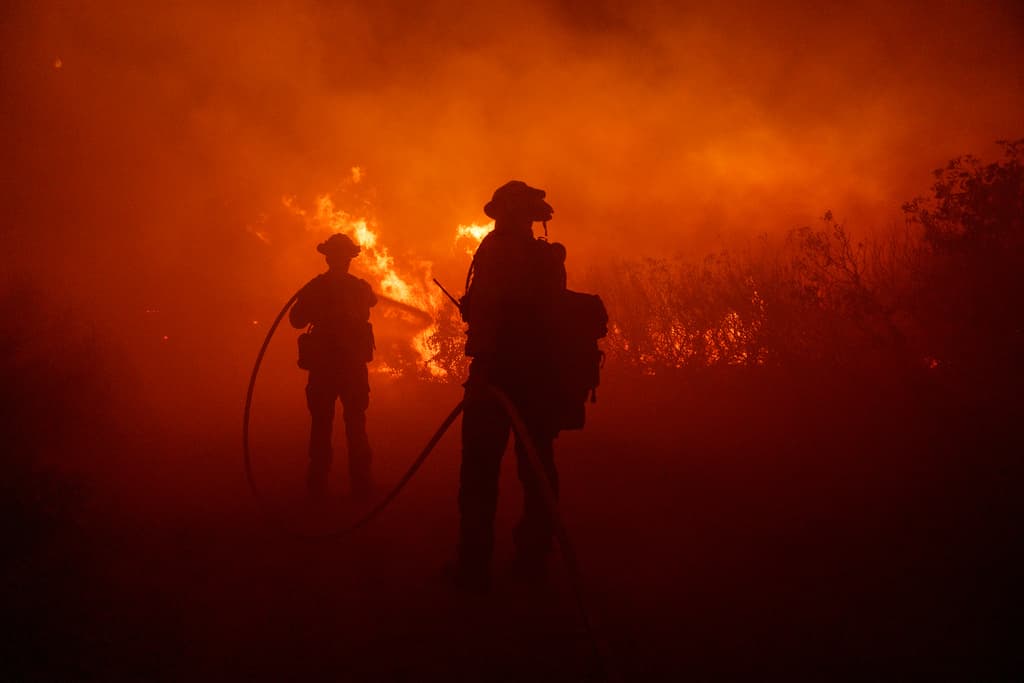The number of extreme forest fires has more than doubled over the past 20 years, a new study shows. Researchers are warning of a vicious circle where the fires drive global warming – which leads to new fires.
The extreme forest fires have more than doubled since 2003, according to a study based on analyses of satellite data. In temperate coniferous forests, such as in western USA and Mediterranean countries, the fires have increased tenfold over the past 20 years.
The researchers can also establish that the intensity of the worst fires has doubled. The six individual years that have had the most devastating forest fires have all occurred after 2017.
We have reached a point where the fires, the very manifestation of climate change, are happening before our eyes, says Calum Cunningham, the researcher from the University of Tasmania who led the study, to The Guardian.
The researchers are warning that the increase in extreme fires risks creating a vicious circle where the carbon dioxide emissions from the fires drive global warming – which leads to even more fires.
At the same time as the most extreme forest fires are increasing, the number of fires globally has decreased over the past century, the study published in the journal Nature Ecology and Evolution shows. The majority of fires are small, caused by humans and result in no major damage.
New Environments
Forest fires can benefit ecosystems by creating new environments for plants and animals. But the extreme fires have killed people and animals, destroyed homes and polluted both air and drinking water.
Slowing down global warming by reducing fossil fuels is the most important measure to stop extreme fires, Cunningham believes. But also learning from controlled forest fires of the past.
The result is a mixture of land that has been burned at different times and creates natural firebreaks. Maybe we can use that knowledge.





